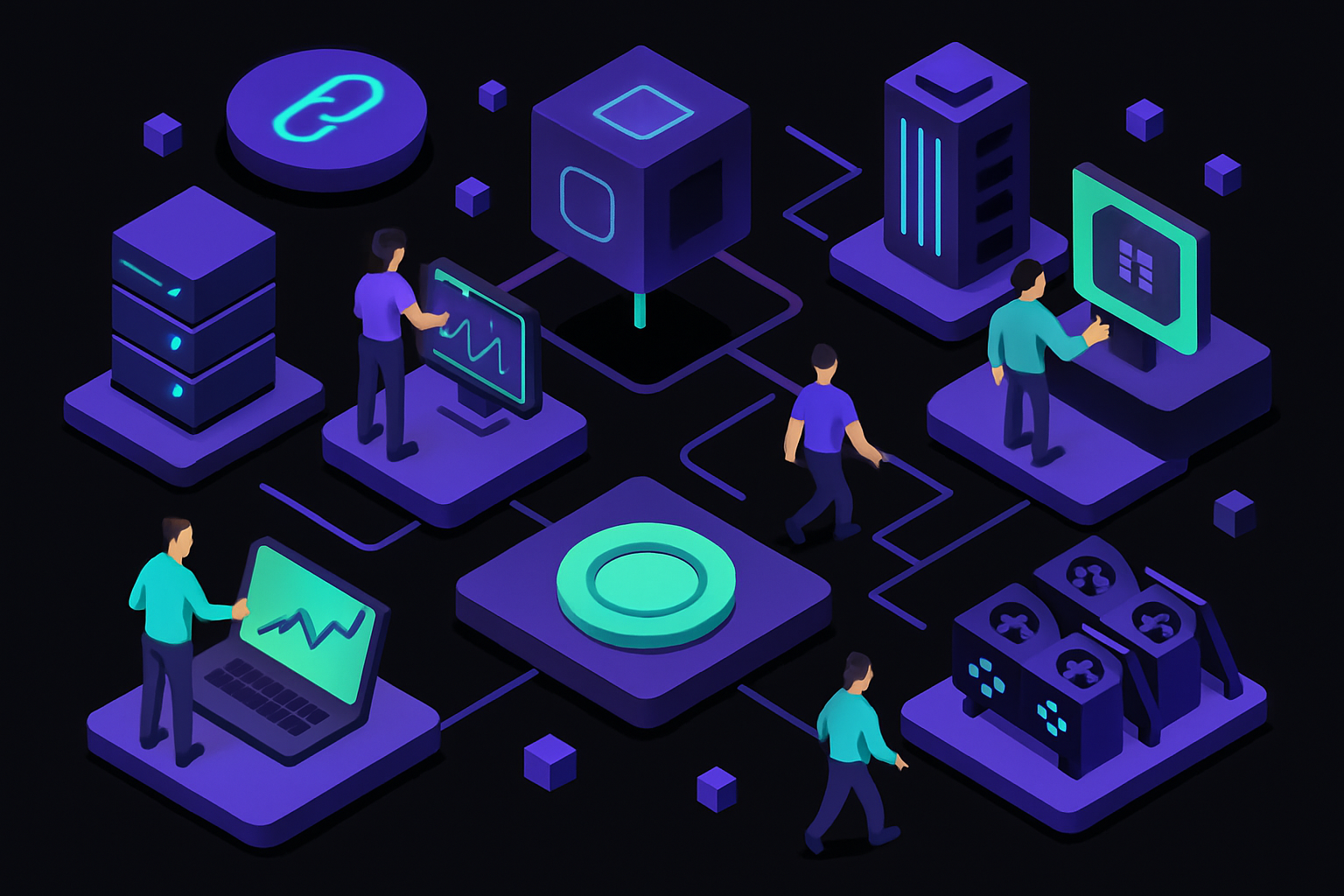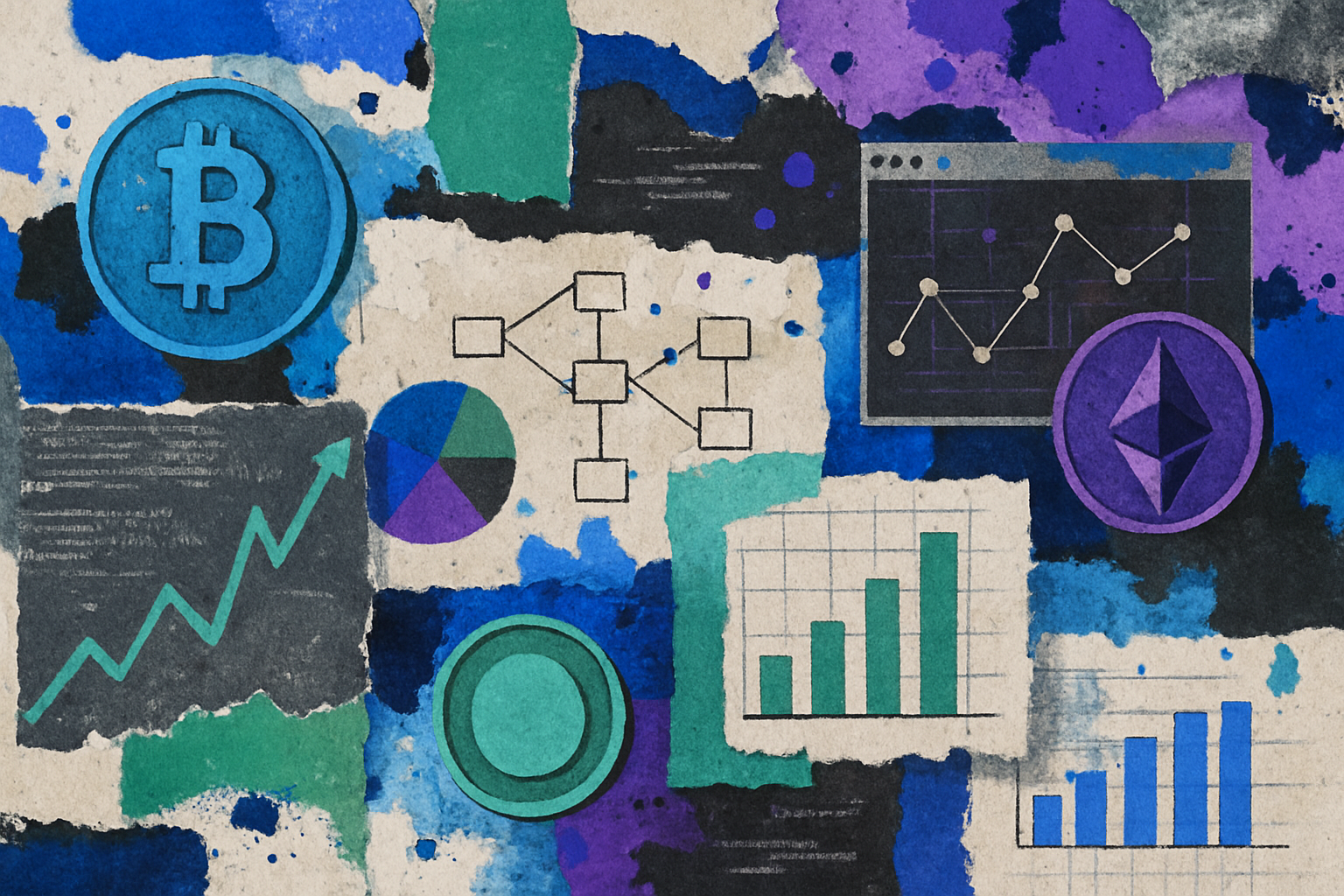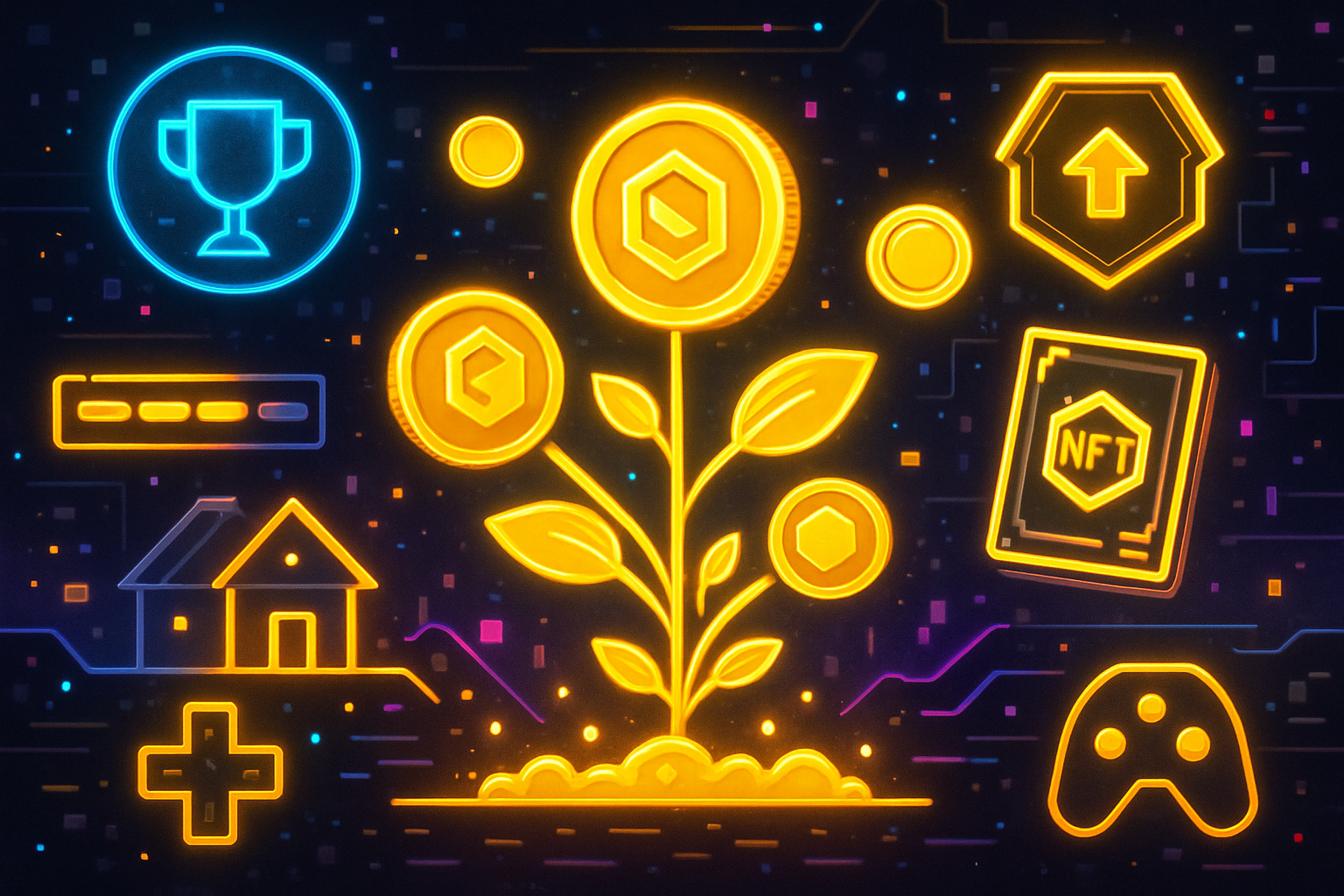
In 2025, the gaming world finds itself at a pivotal crossroads. Playable NFTs are no longer speculative novelties; they have matured into the backbone of digital economies and player identity within virtual worlds. The shift is visible in both the numbers and the narratives: projections show gaming NFT market value climbing from $4.8 billion in 2024 to an estimated $44.1 billion by 2034, as reported by GlobeNewswire. This explosive growth is not simply about new technology – it’s about fundamental changes to how players perceive ownership, value, and their own presence in digital spaces.
![]()
From Locked Assets to Liquid Economies: The New Value of In-Game NFTs
The traditional model of in-game assets was restrictive. Players could invest hundreds of hours or dollars into skins, weapons, or characters that were forever tied to a single game’s servers. When interest faded or servers shut down, so did the value of those assets. Playable NFTs have upended this paradigm by introducing verifiable digital ownership. Now, an NFT sword earned in one game can be traded on an open marketplace or even wielded in another compatible title.
This interoperability is not hypothetical – it’s already being realized by leading projects like Axie Infinity, Gods Unchained, and Ubisoft’s upcoming Champions Tactics: Grimoria Chronicles. These games enable players to mint unique assets as NFTs, which can then be bought, sold, or transferred across different platforms. The result? Game items are no longer sunk costs but become part of a player’s broader digital portfolio.
This trend is further amplified by thriving NFT marketplaces such as OpenSea and Blur (as highlighted by QSS Technosoft Inc. ), which facilitate seamless trading and liquidity for gaming assets. Players now engage with virtual economies that mirror real-world markets – complete with price discovery, royalties for creators, and secondary sales that benefit both developers and community members.
NFTs as Persistent Digital Identity: Redefining Player Selfhood
The impact of playable NFTs extends beyond asset value; they are now central to the formation of persistent digital identities. Where once avatars were disposable or locked to a single game account, today’s NFT-based characters can evolve across multiple titles and metaverses. This continuity fosters deeper engagement and loyalty because achievements, status symbols, and customizations retain value far beyond any one game session.
For example, a rare NFT avatar acquired in one blockchain game might grant exclusive access or cosmetic upgrades in another – effectively creating a cross-platform reputation system anchored by blockchain verification. This emerging model supports not only individual self-expression but also new forms of social capital within gaming communities.
The Rise of Play-to-Earn Models and Economic Opportunity
The introduction of true ownership through playable NFTs has catalyzed the rise of play-to-earn (P2E) economies. Unlike legacy games where time spent rarely translated into tangible rewards, P2E models allow players to generate real-world income from their gameplay activities. According to recent coverage on Medium and Antier Solutions, this has created new incentives for both casual gamers and professional players alike.
NFT-driven economies are now sophisticated enough that some players treat gaming as full-time work – acquiring rare drops, speculating on asset values, or providing services such as coaching using their unique NFT holdings as credentials. As more studios embrace blockchain integration (with Ubisoft among the most prominent), we can expect these opportunities to grow even further.
- Axie Infinity: Continues leading with its robust P2E ecosystem where Axies themselves are tradable NFTs.
- Gods Unchained: Offers card-based strategy gameplay where each card is an NFT with real-world market value.
- Champions Tactics: Ubisoft’s tactical RPG experimenting with mintable heroes as transferable assets.
This intersection between asset liquidity and persistent identity is what truly sets playable NFTs apart from previous generations of digital goods. For deeper analysis on how these trends are reshaping virtual economies at large, see our feature on how play-to-earn NFT games are reshaping virtual economies.
As the infrastructure supporting playable NFTs matures, the role of interactive NFT marketplaces has become central to the player experience in 2025. Unlike static auction sites of the past, today’s platforms offer real-time analytics, in-game integration, and peer-to-peer trading that blur the lines between gameplay and commerce. This evolution is enabling a new breed of digital entrepreneur: players who not only collect and use NFTs but actively manage portfolios, speculate on rare drops, and even create their own digital assets for profit.
The implications for NFT game assets value are profound. Where value was once dictated solely by developer policy or in-game rarity, it is now influenced by broader market forces including community demand, cross-game utility, and creator reputation. NFTs with rich backstories or unique provenance – such as those won in tournaments or created by popular streamers – can command significant premiums. This is particularly evident in games like Gods Unchained, where high-ranking cards have become coveted collectibles both for their gameplay impact and their status as digital artifacts.
NFT Royalties and Sustainable Creator Economies
A transformative aspect of NFT ownership gaming in 2025 is the advent of programmable royalties. Developers and artists can now embed royalty structures directly into smart contracts, ensuring they receive a percentage of every secondary sale. This innovation incentivizes ongoing content creation while aligning player-developer interests: as assets appreciate through community engagement or interoperability, all stakeholders benefit.
This model also addresses long-standing issues around digital scarcity and authenticity. Players are more willing to invest in premium items when they know creators are directly supported – a dynamic that has fueled thriving micro-economies within titles like Champions Tactics. As highlighted by recent reports from Blockchain App Factory and QSS Technosoft Inc. , these royalty mechanisms are becoming standard across top NFT marketplaces in 2025.
Challenges Ahead: Security, Scalability and Player Protections
No revolution comes without hurdles. The rapid expansion of NFT-based economies has attracted increased scrutiny around security vulnerabilities, fraud prevention, and fair play standards. In response, leading platforms have invested heavily in on-chain verification tools and multi-signature wallets to safeguard player assets. Scalability remains a technical challenge as well; with millions of transactions occurring daily across chains like Ethereum Layer-2s and dedicated gaming blockchains such as Immutable X.
Another emerging concern is maintaining equitable access to high-value assets as prices rise with mainstream adoption. Some studios are experimenting with fractionalized ownership or rental models to ensure new players can participate meaningfully without prohibitive upfront costs. These innovations reflect an industry-wide commitment to inclusivity even as market sophistication increases.
The Future of NFT Digital Identity in Gaming
Looking forward, playable NFTs are poised to drive further convergence between gaming worlds and broader digital life. Persistent avatars may soon serve as universal logins for social platforms or unlock real-world perks at branded events – an extension already hinted at by utility NFTs offering memberships or exclusive content (as discussed on emjaywrites. com). The lines between gamer identity and online persona continue to blur as blockchain technology matures.
The upshot? In 2025, NFT ownership gaming isn’t just about speculation or novelty; it’s about forging lasting connections between players, creators, and worlds both virtual and real. As interoperability deepens across ecosystems – from Axie Infinity’s battle arenas to Ubisoft’s tactical universes – we’re witnessing the construction of a persistent metaverse economy where value flows freely alongside reputation and creativity.




